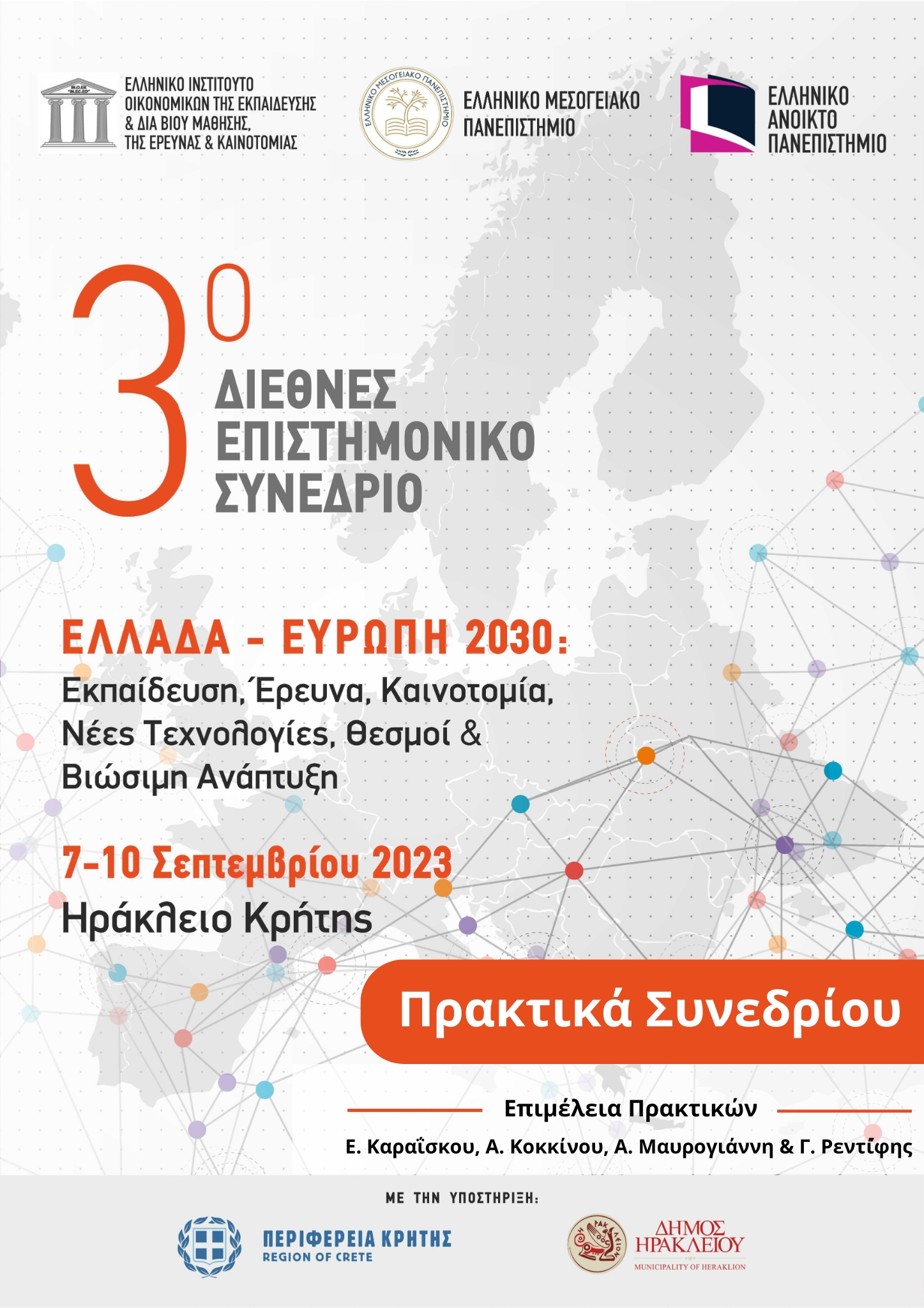Μέτρηση της σχετικής Τεχνικής Αποδοτικότητας των Συστημάτων Ανώτατης Εκπαίδευσης των χωρών της Ευρωπαϊκής Ένωσης: Συγκριτική Αξιολόγηση, κατά τη χρονική περίοδο 2016 – 2020
Abstract
Abstract
This research paper assesses the relative technical efficiency of the Higher Education (HE) systems of the countries of the European Union / EE, the Eurozone / EZ and other selected groups of countries, making use of 3 inputs and 5 outputs, with Output Orientation and the hypothesis of Variable Returns of Scale, as well as its average rates of change, during the period 2016-2020.
The findings of the empirical analysis reveal that the average performance of EU countries' HE systems in terms of TE-OO is 0.892 with a range of variation of 0.479 and an average rate of change of 0.05 with a range of variation of 51.30. The average value of TE-OO of the EA systems of the EZ countries is 0.899 with a range of change of 0.479 and an average rate of change of 0.07 with a range of change of 51.30. That is, the EA systems of the EE countries had a higher average performance.
Key words: Efficiency, Higher Education, Evaluation.
Article Details
- Section
- Εισηγήσεις

This work is licensed under a Creative Commons Attribution 4.0 International License.
Authors retain copyright under a Creative Commons Attribution that allows others to share the work with an acknowledgement of the work's authorship and initial publication in the proceedings.


